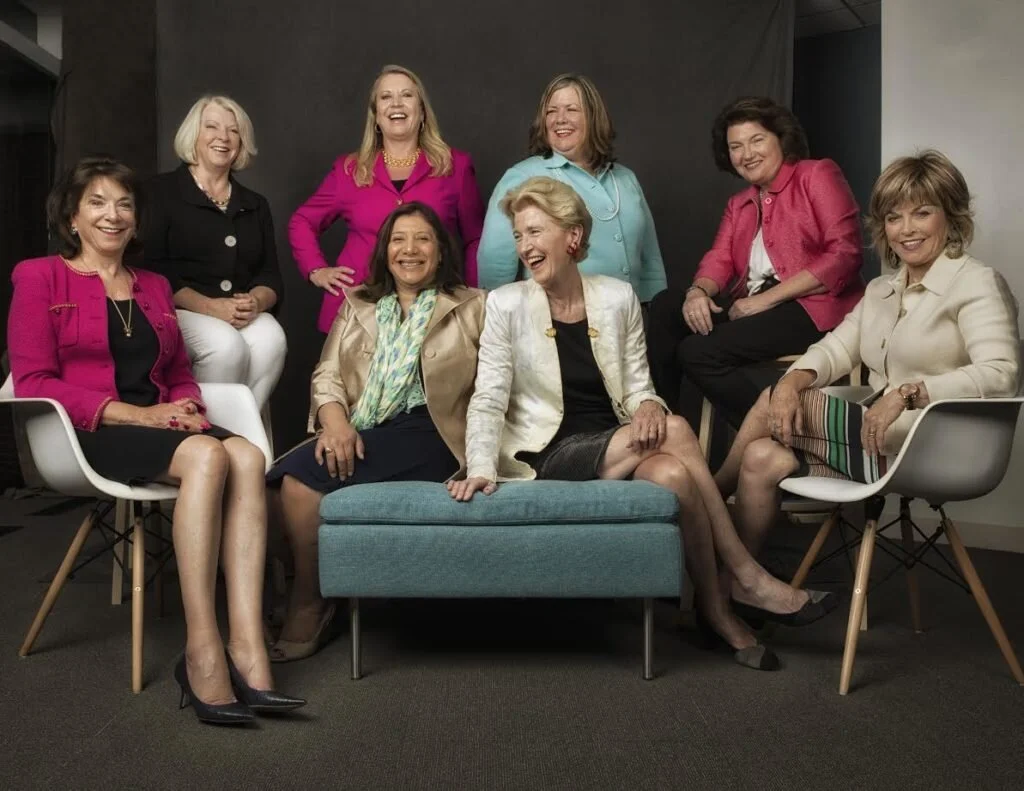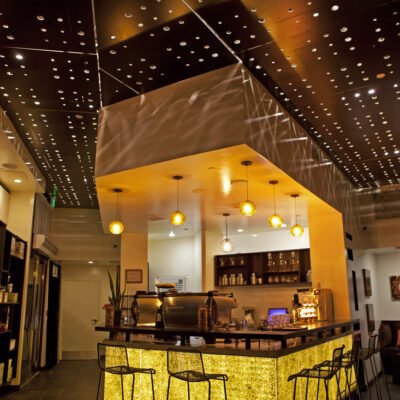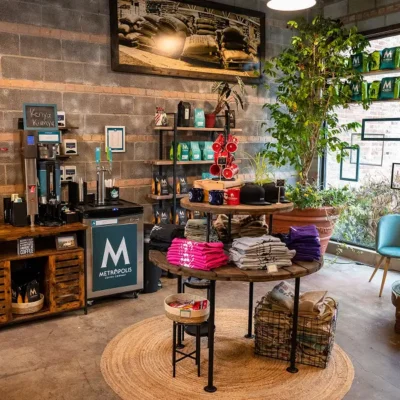For decades, advocates across the United States have asked one important question: Why doesn’t America have a Women’s History Museum?
Despite countless women playing essential roles in shaping the nation—from politics and science to education and civil rights—there is still no standalone museum dedicated solely to celebrating their contributions. Now, in 2025, Congress is trying again to fix that.
The movement to establish a Women’s History Museum has been a long, winding journey. With renewed momentum, bipartisan support, and growing public awareness, this time might be different.
The Long Fight to Honor Women’s Contributions
The idea for a Women’s History Museum is not new. In fact, it has been discussed in Washington for over 25 years.
In 1996, a nonprofit organization called the National Women’s History Museum (NWHM) was formed. Their goal was simple yet ambitious: to build a permanent museum on or near the National Mall in Washington, D.C., that would showcase women’s impact throughout American history.
Over the years, the group hosted exhibitions, published research, and lobbied Congress. Despite enthusiasm from the public, the project continued to stall—mostly due to political disagreements, questions about funding, and the competition for space near the National Mall.
But that hasn’t stopped supporters.
A Major Milestone in 2020
In 2020, something changed. Congress officially approved legislation to create a Women’s History Museum as part of the Smithsonian Institution. The bill passed with strong bipartisan support, reflecting a shared desire to finally honor women’s history in a permanent way.
At the time, many saw this as a victory. The museum was to be included under the Smithsonian umbrella, which meant access to resources, expert curators, and the possibility of building near the National Mall.
However, progress since then has been slow. While the legislation gave the green light, key decisions about the museum’s location, funding, and construction have faced delays. In 2023, it was reported that two proposed sites on the National Mall were rejected due to environmental or logistical concerns. As of 2025, a final location is still undecided.
Why a Women’s History Museum Matters
Many wonder: Why do we need a separate museum just for women’s history?
Here are a few important reasons:
- Representation Matters: Women make up more than half the population, but they are often underrepresented in history books and museums.
- Education and Awareness: A dedicated museum would help educate the public—especially younger generations—about the role of women in science, politics, literature, sports, and beyond.
- Cultural Significance: Just as the National Museum of African American History and Culture or the Holocaust Memorial Museum highlight specific stories, a Women’s History Museum would provide an equally vital space.
Supporters argue that telling a complete story of America is impossible without including the countless women who helped build it.
Congress Tries Again in 2025
Fast forward to today. Lawmakers are again taking action to revive momentum behind the museum. A new bipartisan bill was introduced this summer in both the House and Senate, aiming to:
- Finalize a location for the museum on the National Mall.
- Secure funding from both federal and private sources.
- Launch the initial phase of the museum’s development.
Supporters like Senator Susan Collins (R-ME) and Representative Carolyn Maloney (D-NY) have spoken out in favor, saying that the museum is “long overdue” and should be treated as a national priority.
Despite political gridlock in many areas, this issue seems to bring both sides together—a rare sign of unity in a divided Congress.
Challenges That Still Remain
While the renewed effort is encouraging, the museum still faces several challenges:
1. Finding a Location
The biggest hurdle remains securing a suitable site. The National Mall is already crowded with monuments and museums, and space is limited. The Smithsonian and National Capital Planning Commission are working to find a compromise.
2. Funding
Although federal funds are part of the plan, the museum will also need to raise millions in private donations. This has proven difficult in the past, especially without a set location or opening date.
3. Time
Even if everything goes according to plan, it could still take 10–15 years for the museum to be built and open to the public. Patience and persistence will be needed from all sides.
What Will the Museum Include?

According to early plans shared by the NWHM and Smithsonian officials, the Women’s History Museum will cover:
- Pioneers and Trailblazers: From Harriet Tubman to Amelia Earhart, Ruth Bader Ginsburg to Shirley Chisholm.
- Everyday Women: Farmers, nurses, teachers, mothers—unsung heroes whose stories deserve recognition.
- Major Movements: The suffrage movement, women in the labor force, civil rights, and more.
- Modern Leaders: Women in politics, business, and sports who continue to break barriers.
Interactive exhibits, digital storytelling, and educational programs will make the museum more than just a building—it will be an experience.
Public Support Continues to Grow
Public interest in women’s history has increased in recent years, especially during movements like #MeToo and Women’s March protests. Books, documentaries, and school programs focusing on women’s roles have also become more popular.
In a 2024 national survey, 78% of Americans supported the creation of a Women’s History Museum in Washington, D.C. That includes men and women across age groups and political beliefs.
Social media campaigns like #FundTheMuseum and #HerStoryMatters have helped build online momentum and keep the issue in the spotlight.
Looking Ahead: Will This Be the Moment?
The story of the Women’s History Museum is itself a reflection of the broader fight for women’s recognition. It’s a story of setbacks and resilience, politics and passion.
But most of all, it’s a story that deserves to be told—in its own space, with its own voice.
As Congress takes another step forward, the question is no longer whether we should have a Women’s History Museum—but how soon we can make it a reality.
How You Can Support the Women’s History Museum
If you believe in the mission of honoring women’s contributions to American history, here are a few ways you can help:
- Write to your representative: Encourage lawmakers to support the museum’s funding and location approval.
- Donate: Support organizations like the National Women’s History Museum.
- Spread awareness: Share news and stories about the museum on social media.
- Educate yourself and others: Learn about women’s achievements and pass that knowledge forward.
Final Thoughts
Creating a Women’s History Museum is not just about building a new attraction—it’s about correcting a long-standing gap in our national memory.
Every brick laid and story told will help future generations understand the full picture of who built America—and who continues to shape its future.
Now, it’s up to Congress—and all of us—to make sure this long-awaited dream finally becomes real.
Read Next – Trump EU Trade Deal Finalized Before Deadline






